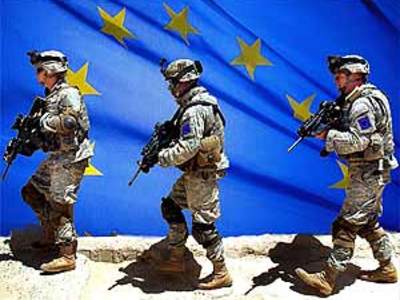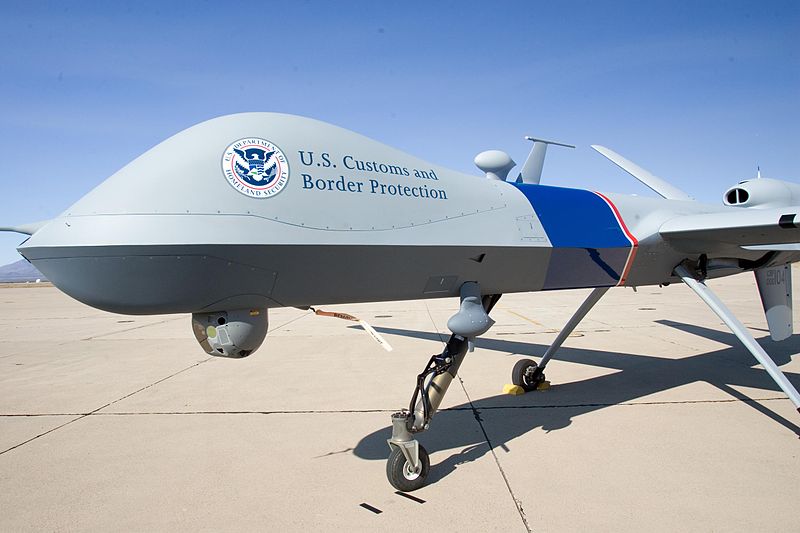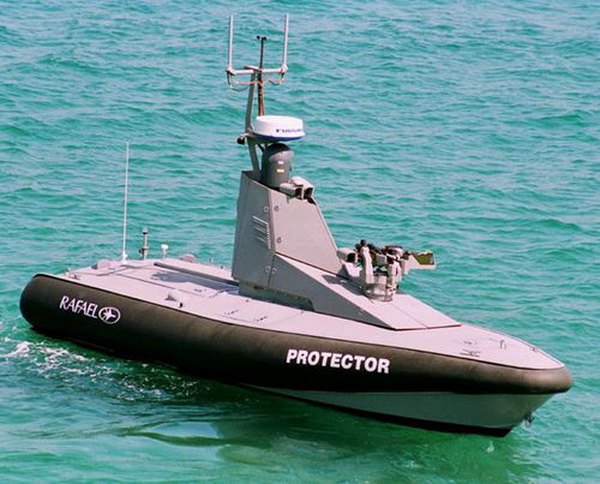Much has been made about the supposed death of the European Union (EU) in the wake of last week’s parliamentary results. Cascades of eulogies have been pouring in; none more public than those offered by United Kingdom Independence Party leader Nigel Farage as well as Le Front National’s Marine Le-Pen. Recently Le Pen speaking in unity with her fellow anti-Euro advocates declared, “The model of a totalitarian technocratic Europe is now out of date.” Shockingly, in only 50 short years a consortium of extremist right and left parties has threatened to destroy the anti-war platform proposed by EU architect Jean Monnet.
Since the EU’s inception in 1994 policies like citizen mobility and universal suffrage have helped the recovery process that began at the end of the Second World War. Despite numerous advancements, the current criticism levied by Euro-skeptics are not without legitimate grounds. The current President of the European Council (the EU’s primary governing body), Herman Van Rompuy was appointed by the 27 member states without any transparency. His unelected position is a real grievance for hardline supporters of the EU democratic process. Another grievance is that a minority of Northern European countries are still forced to support the financial viability of the continent’s common currency with the current recovery pace of the Eurozone crisis hovering at an anemic rate.
Despite these institutional flaws the EU does possess some acumen in the area of cooperative defence. One of the standout projects that is hardly recognized is the European Defence Agency (EDA). In a time of polarizing policies and cultural divisions the EDA is an exemplary model of what can take place when European power is harnessed.
Operating in the shadow of its much larger relative NATO, the EDA is a model defence establishment. Established in 2004, the EDA strives to foster European defence cooperation in a variety of fields operating under the framework of the Common Foreign and Security Policy(CFSP) organ. It is an intergovernmental agency of the European Council composed of 27 nations. Ironically Denmark the birthplace of current NATO General Secretary Anders Fogh Rasmussen has declined to participate.
The EU’s chief Foreign Policy and Security representative Catherine Ashton oversees the agency in concert with the EDA’s Director. Under their joint leadership the EDA has streamlined its mission into four distinct compartments: development of defence capabilities in the field of crisis management; promotion and enhancement of European armaments cooperation; working to strengthen the Defence Technology and Industrial Base and for the creation of an internationally competitive European Defence Equipment Market; and the enhancement of the effectiveness of European Defence Research and Technology. From this perspective the organization closely resembles the Nordic Defence Cooperation but on a continental level.
What is noteworthy about the administration of the EDA is the “à la carte” option for members to participate. The annual budget is derived based on a GNP-based formula that results in each member making a financially proportional contribution. Last year’s budget was €30.5 million and exclusively covered the Agency’s operating costs. Compare that to the combined defence expenditures for all NATO nations in 2013 of $1.02 trillion and that NATO’s participating nations have very little flexibility in accepting or rejecting operations. Under the EDA agreement, nations have the right to opt out of Agency projects that do not align with their national needs. As a result, only two member states need to participate to facilitate a joint project. Theoretically if Portugal and Austria wanted to collaborate on a joint project to crack down on illegal arms sales they would only have to split the costs of the operation that fall outside of the EDA mandate. Unsurprisingly, there has been a proliferation of small operational projects like our model above taking place with the aid of the EDA.
The consolidation of functions and resources has proven to be an effective way to maximize synergies among member-states. It has also allowed countries to “bootstrap” with national security budgets and reinvest financial resources. Continental expertise in the above mentioned areas has not only reduced the likelihood of threats, but has been an exceptional experience in coalition building. From Estonia to Malta every nation is expected to contribute something. Some notable projects undertaken by the EDA include; Cyber Defence, Single European Sky, Military Green, as well as Effective Procurement Methods — all areas and issues that require collective competency to resolve.
Imagine the progress thirteen South American countries could make in countering the narcotics trafficking industry if they agreed to a collective security apparatus.
In addition to ensuring security, a cemented commitment to research and innovation through technology transfer has spawned as well. In December of 2013 the EDA released its Second Joint Investment Programme on Innovative Concepts and Emerging Technologies (ICET 2), which yielded a development timeline for future military technologies. Looking to continually evolve, the EDA has also prioritized the development of Critical Defence Technologies for implementation.
From an international perspective its replication globally is seriously worth considering. Continents like South America and Asia experience similar hardships in the area of threat prevention and financial security. A model incorporating an equal partnership in security management would greatly reduce the pressures that trouble most continents. Imagine the progress thirteen South American countries could make in countering the narcotics trafficking industry if they agreed to a collective security apparatus.
It is not the EDA’s mandate to supplant NATO as the bedrock organization for European security. Rather, it is designed to extend its role as a decentralized organization that allows for member-states to enjoy greater autonomy to collaborate at their discretion and utilizing European taxpayer money most effectively. When evaluating the success of the EDA, it is fair to argue that talk of the impending death of the EU is premature. The current state of the EU is undoubtedly in need of some structural reorganization and the answer does not lie with the lunacy of the radical left or right. We should hope that through their absurd proposition, policies in the upcoming 8th sitting, that the utility of EU politics will never be out of date just served “a la carte”.




